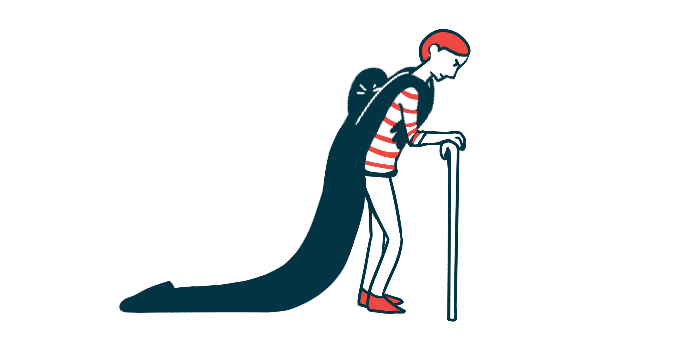Teens with hypermobile Ehlers-Danlos have more fatigue: Study
They're also less active than peers, have negative mentalities about pain

Adolescents with hypermobile Ehlers-Danlos syndrome (hEDS) are less active than their peers and tend to have more fatigue and negative mentalities about pain, a study reports.
While hypermobile participants spent significantly more of their waking hours engaged in sedentary behavior and less in moderate-to-vigorous physical activity, they moved a great deal more during sleep than healthy controls.
“Measures need to be taken to design health promoting programs for these adolescents, including physical activity and sleep health, using a biopsychosocial approach that considers physical, psychological, and social factors,” researchers wrote.
The study, “Exploring physical activity patterns in adolescents with hypermobility spectrum disorder or hypermobile Ehlers-Danlos Syndrome,” was published in the journal Pediatric Rheumatology.
Pain a common hEDS symptom
EDS is a group of genetic disorders that lead to problems with connective tissue. In hEDS, which is a type of EDS, these connective tissue problems cause joints to have an abnormally wide range of motion. Hypermobility spectrum disorder (HSD) is characterized by similar symptoms, but it does not fulfill the diagnostic criteria of hEDS.
Pain, also a common symptom of hEDS and HSD, can lead to a set of behaviors called pain catastrophizing, including excessive worrying and feelings of helplessness. This can, in turn, magnify the experienced intensity of pain.
“Pain and fatigue have been put forward as a barrier for exercise in adults with HSD/hEDS, alongside with psychological factors,” the researchers wrote. These symptoms may also have similar effects in adolescents, but objective studies about this are lacking.
Hypermobile Ehlers-Danlos teens experienced more fatigue
To collect activity data, the team recruited 37 teens with hEDS or HSD and 45 healthy teens to wear accelerometers for one week. The researchers taped the devices, which record movement and physical activity, to participants’ upper thighs. The adolescents completed scales to assess pain catastrophizing and fatigue, and kept a diary to record time in bed. This was part of a larger Swedish observational trial (NCT05633225).
HSD and hEDS participants were significantly older than the controls (median age of 16.4 vs. 15.4). They experienced significantly more fatigue and reported more pain catastrophizing than their healthy peers.
Participants with hEDS or HSD spent a median 19.7 minutes per day engaged in this moderate-to-vigorous exercise — significantly less than the 31.9 minutes for control. The hypermobile group also spent much more time in sedentary behaviors and slightly less time sleeping.
Medical and psychosocial health issues—such as chronic pain, anxiety, and sleep disturbances—may play a role in these patterns and should be taken into account when interpreting the results.
During sleep, however, hypermobile participants spent a significantly greater proportion of their time moving.
“Sleep disorders could be one explanation for the measured sleep movements,” the team noted, but further research will be needed to investigate if this is the case.
Pain and psychological processes have been suggested as barriers for exercise in adults with HSD/hEDS. Supporting this idea, fatigue and pain catastrophizing had significant correlations both overall and in the hypermobile group specifically. However, neither daytime nor nighttime activity levels correlated significantly with fatigue.
The relatively small size of the study may have contributed to this lack of significant associations, the team hypothesized.
“More research is necessary to gain a deeper understanding of the significance of these results, if any” the researchers wrote. “Medical and psychosocial health issues — such as chronic pain, anxiety, and sleep disturbances — may play a role in these patterns and should be taken into account when interpreting the results.”







